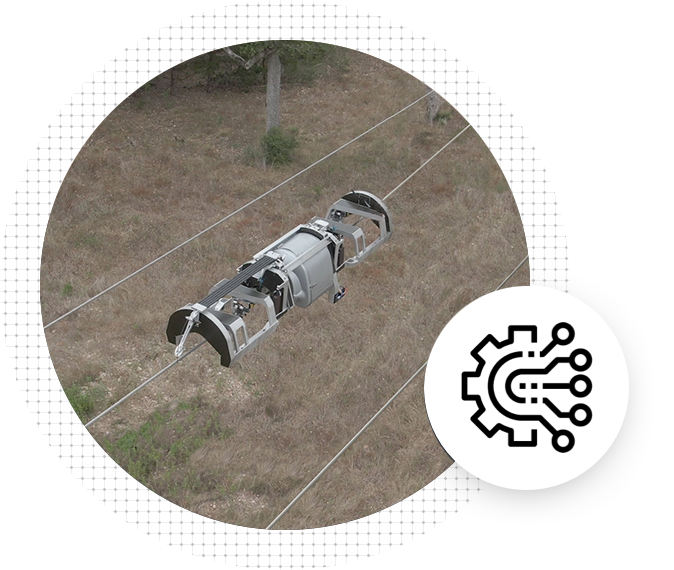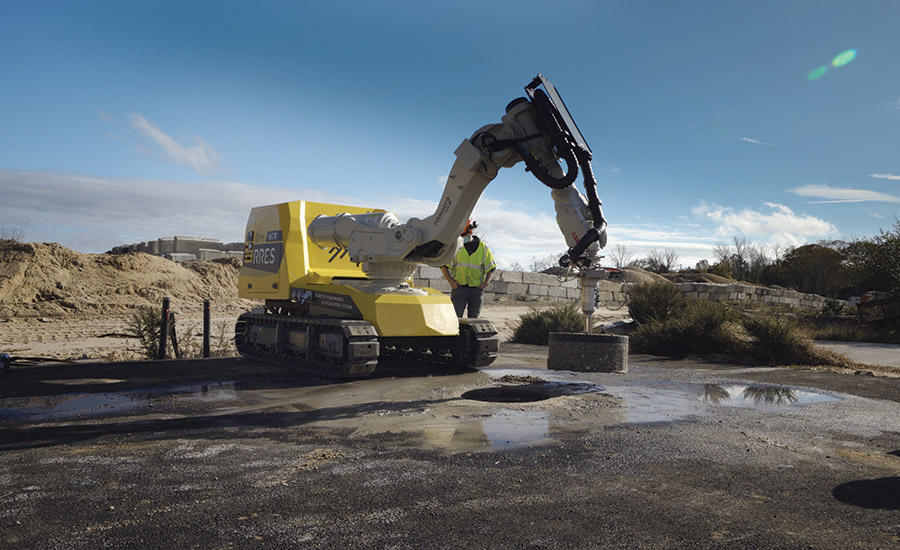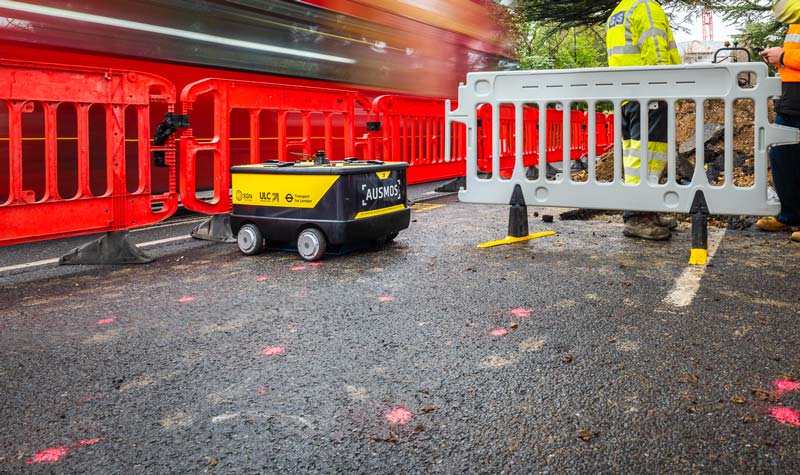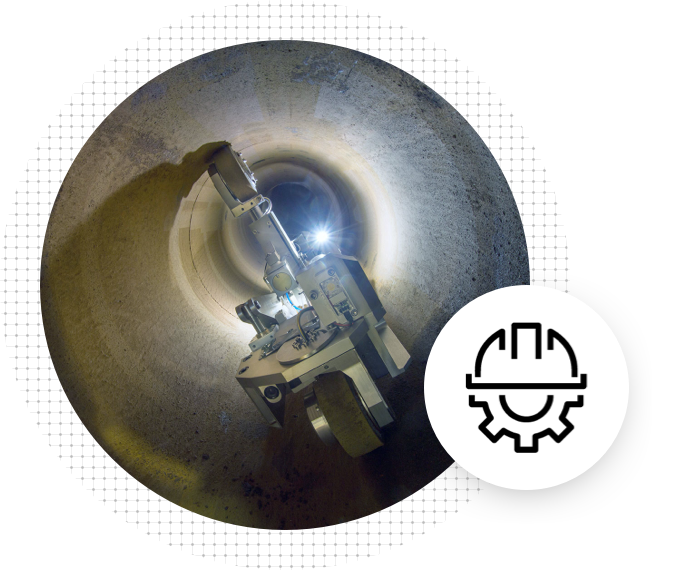- Why ULC?
- R&D Services

Research & Development
MenuLeading Innovation. Driving Results.
- Industries
- Products & Services

Field Services
MenuProducts
MenuEmissions Recovery
Menu - Company
Project Overview
CISBOT has historically been deployed for the gas industry to seal lead yarn joints, which is estimated to make up 70% of the UK gas networks’ large diameter cast iron mains construction. The construction of this joint type was widely used across the UK between 1850 – 1950, before ‘mechanical’ or ‘bolted’ joints became the preferred option for construction between 1950 – 1970. With the trusted and successful deployment of CISBOT in the UK since 2013, ULC and Cadent began work on expanding the system’s capabilities to encompass mechanical joints.

Industry: Gas
Client: Cadent
Location: Nottingham, UK
Pipe Diameter: 24″
Mechanical Joints Sealed: 60
Business Areas Addressed:
- R&D
- Gas Remediation
Results:
- Modifications to CISBOT systems
- 100% of identified leaking joints sealed
- Successful live environment testing
Developing New Capabilities
CISBOT was heavily deployed across Cadent’s network during RIIO-GD1, successfully sealing 16,000 lead yarn joints to extend the life of gas mains for at least 50 years. Following discussions to utilise CISBOT to remediate mechanical joint types to broaden the scope of deployment, ULC conducted an extensive research, development, and testing project to widen the capabilities of the system.
Selected sealants and application methods were trialled with CISBOT using a 24” mechanical joint gas main field sample to assess their effectiveness at various pressure ranges. Key focus areas for the testing included the drill locations, proximity of the drilling to the gasket, volume and speed of sealant injection. Utilising gas main field samples and network provided asset records allowed ULC to gain a detailed understanding of how these joints were constructed to develop an effective method of remediation. The concept of launching and retrieving CISBOT remains unchanged, with the required developments focused on the sealant delivery modules and drill alignment methods.
Reliability in CISBOT
After successful controlled testing, Cadent identified a trial site for the mechanical joint remediation process which was located on their Eastern Network at Triumph Road in Nottingham. The 24” gas main, which runs through the university campus, has been leakage prone with the source always found to be from the joints.
ULC and Cadent began the first live field deployment of CISBOT to remediate mechanical joints at Triumph Road. This trial took place over a three week period, using an eco-cabin on site to minimise carbon emissions during the 300m remediation project. The operation was performed on a live gas main through one small excavation, where Cadent exposed a joint to allow both parties to test and closely monitor the exterior of the joint during the sealing process.
Cadent took an initial gas reading prior to sealing the exposed joint. This reading was 21% Gas in Air (GIA) around the face of the joint. ULC then commenced and completed the bolted joint sealing procedure, and immediately after sealing, Cadent carried out a leakage inspection finding zero gas readings around the full circumference of the joint.
Over the course of the trial, ULC successfully remediated 60 mechanical joints, with the initial 5 identified leaking joints successfully sealed, emitting zero gas readings once the joint sealing process was complete. All readings were captured by Cadent operatives throughout the duration of the trial.








